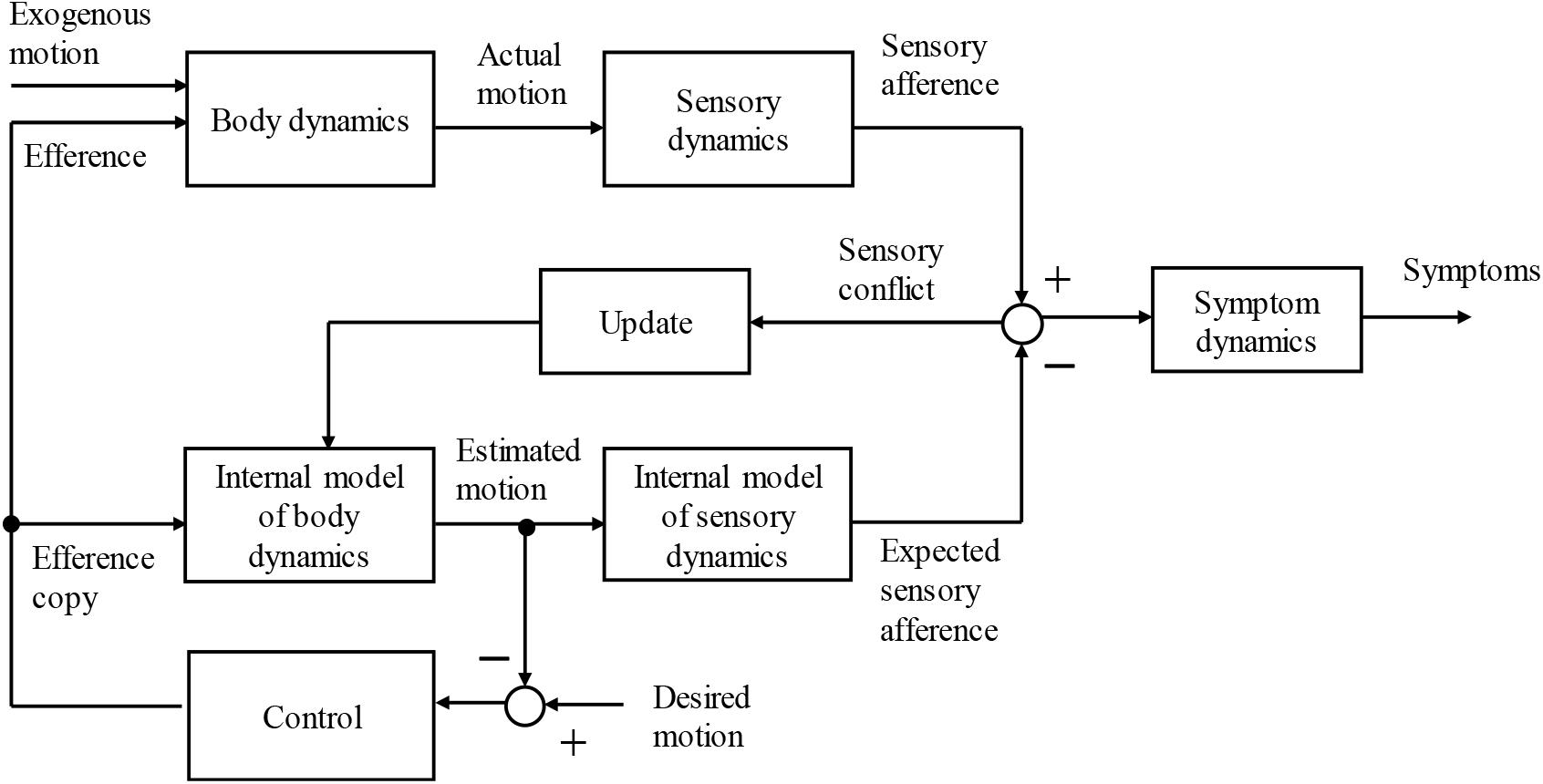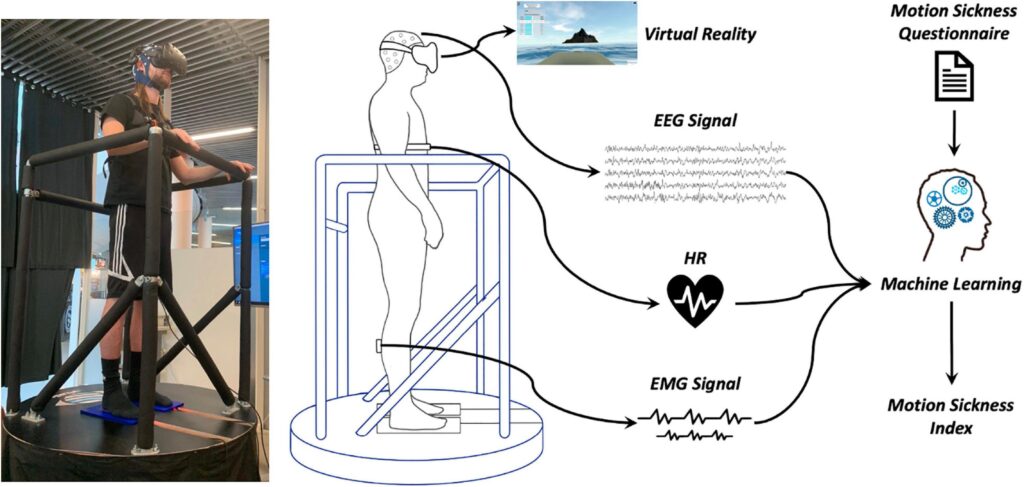Motion sickness, often abbreviated as MS, is a common condition that affects many people when they travel or experience motion in their surroundings. While it is not life-threatening, it can cause significant discomfort and disrupt daily activities. This article delves into the intricacies of motion sickness, exploring its causes, symptoms, and available treatments to help you better understand and manage this condition.

What Is Motion Sickness?
Motion sickness occurs when there is a disconnect between what your eyes see and what your inner ear senses regarding motion. The inner ear plays a critical role in maintaining balance by detecting changes in movement and position. When these sensory inputs do not align, the brain becomes confused, leading to the symptoms associated with motion sickness. This condition is most commonly experienced during travel by car, boat, airplane, or amusement park rides but can also occur in virtual reality environments or while reading in a moving vehicle.
How Does Motion Sickness Affect the Body?
The body relies on multiple systems to maintain balance and spatial orientation. These include the vestibular system in the inner ear, the visual system, and proprioceptive inputs from muscles and joints. When these systems send conflicting signals to the brain, it triggers a cascade of physiological responses, including nausea, dizziness, and sweating. Understanding how these systems interact can provide insight into why some individuals are more prone to motion sickness than others.
Causes of Motion Sickness
Motion sickness can be triggered by various factors, depending on the individual and the situation. Below are some of the primary causes:
Inconsistent Sensory Input
The most common cause of motion sickness is the mismatch between visual and vestibular information. For example, when you are reading in a car, your eyes focus on the stationary book, while your inner ear detects the motion of the vehicle. This inconsistency confuses the brain and leads to the onset of symptoms.
Type of Motion
Certain types of motion are more likely to induce motion sickness than others. Repetitive motions, such as those experienced on boats or during turbulence in an airplane, are particularly problematic. Additionally, slow, swaying movements can be more disorienting than fast, linear motions.
Individual Susceptibility
- Age: Children between the ages of two and twelve are more susceptible to motion sickness, while infants and older adults tend to be less affected.
- Genetics: Some individuals may have a genetic predisposition to motion sickness due to variations in their vestibular system.
- Health Conditions: People with inner ear disorders, migraines, or anxiety may be more prone to experiencing motion sickness.
Symptoms of Motion Sickness
The symptoms of motion sickness can range from mild to severe and often develop gradually. Early recognition of these symptoms can help individuals take preventive measures before the condition worsens.
Common Symptoms
- Nausea: A feeling of queasiness or an urge to vomit is one of the hallmark symptoms of motion sickness.
- Vomiting: In severe cases, nausea can progress to vomiting, which may provide temporary relief but can lead to dehydration if prolonged.
- Dizziness: A sense of spinning or lightheadedness often accompanies motion sickness.
- Cold Sweats: Excessive sweating, even in cool environments, is a common response to motion sickness.
- Fatigue: Many individuals feel unusually tired or lethargic during or after experiencing motion sickness.
- Pale Skin: A noticeable change in skin color, often becoming pale or clammy, is another typical symptom.
Less Common Symptoms
In rare cases, individuals may experience additional symptoms such as headaches, increased salivation, or difficulty concentrating. These symptoms are generally more prevalent in people with heightened sensitivity to motion.
Treatment Options for Motion Sickness
While motion sickness can be uncomfortable, several treatment options are available to alleviate symptoms and prevent future episodes. These treatments range from lifestyle adjustments to medications and alternative therapies.
Lifestyle Modifications
Simple changes in behavior and habits can significantly reduce the likelihood of experiencing motion sickness. Consider the following tips:
- Choose the Right Seat: When traveling by car, sit in the front seat and look at the horizon. On a boat, stay near the middle where the motion is less pronounced. In an airplane, opt for a window seat over the wings.
- Avoid Reading or Screen Time: Focusing on a book, phone, or tablet can exacerbate motion sickness. Instead, try to keep your gaze steady on distant objects.
- Eat Lightly: Avoid heavy meals or alcohol before traveling, as these can increase the risk of nausea.
- Stay Hydrated: Drink plenty of water to prevent dehydration, which can worsen symptoms.
Over-the-Counter Medications
Several over-the-counter medications can help manage motion sickness. These include:
- Antihistamines: Medications like dimenhydrinate and meclizine are commonly used to treat motion sickness. They work by reducing activity in the inner ear and central nervous system, thereby alleviating symptoms.
- Ginger Supplements: Ginger has long been used as a natural remedy for nausea and may help reduce the severity of motion sickness.
Prescription Medications
For individuals with severe motion sickness, prescription medications may be necessary. These include:
- Scopolamine Patches: Applied behind the ear, these patches release medication over several days to prevent motion sickness.
- Promethazine: This medication is effective for treating nausea and vomiting associated with motion sickness.
Alternative Therapies
Some people find relief through alternative therapies, such as:
- Acupressure Bands: Worn around the wrist, these bands apply pressure to specific points believed to alleviate nausea.
- Breathing Techniques: Deep, controlled breathing can help calm the nervous system and reduce symptoms.
- Aromatherapy: Essential oils like peppermint or lavender may provide a soothing effect for some individuals.
Preventing Motion Sickness
Prevention is often the best approach to managing motion sickness. By taking proactive steps, you can minimize the risk of developing symptoms during travel or other activities involving motion.
Plan Ahead
Before embarking on a trip, consider the following strategies:
- Get Adequate Rest: Fatigue can increase susceptibility to motion sickness, so ensure you are well-rested before traveling.
- Choose Travel Times Wisely: Opt for travel during periods when you are least likely to experience motion sickness, such as smoother flights or calmer seas.
Use Technology
Modern technology offers tools to help combat motion sickness. For example, virtual reality programs designed to desensitize individuals to motion can be effective for frequent travelers. Additionally, apps that provide breathing exercises or guided meditation can help manage symptoms in real-time.
Stay Mindful
Being aware of your body’s responses and making adjustments accordingly can go a long way in preventing motion sickness. If you start to feel unwell, take breaks, close your eyes, or focus on your breathing to regain control.





